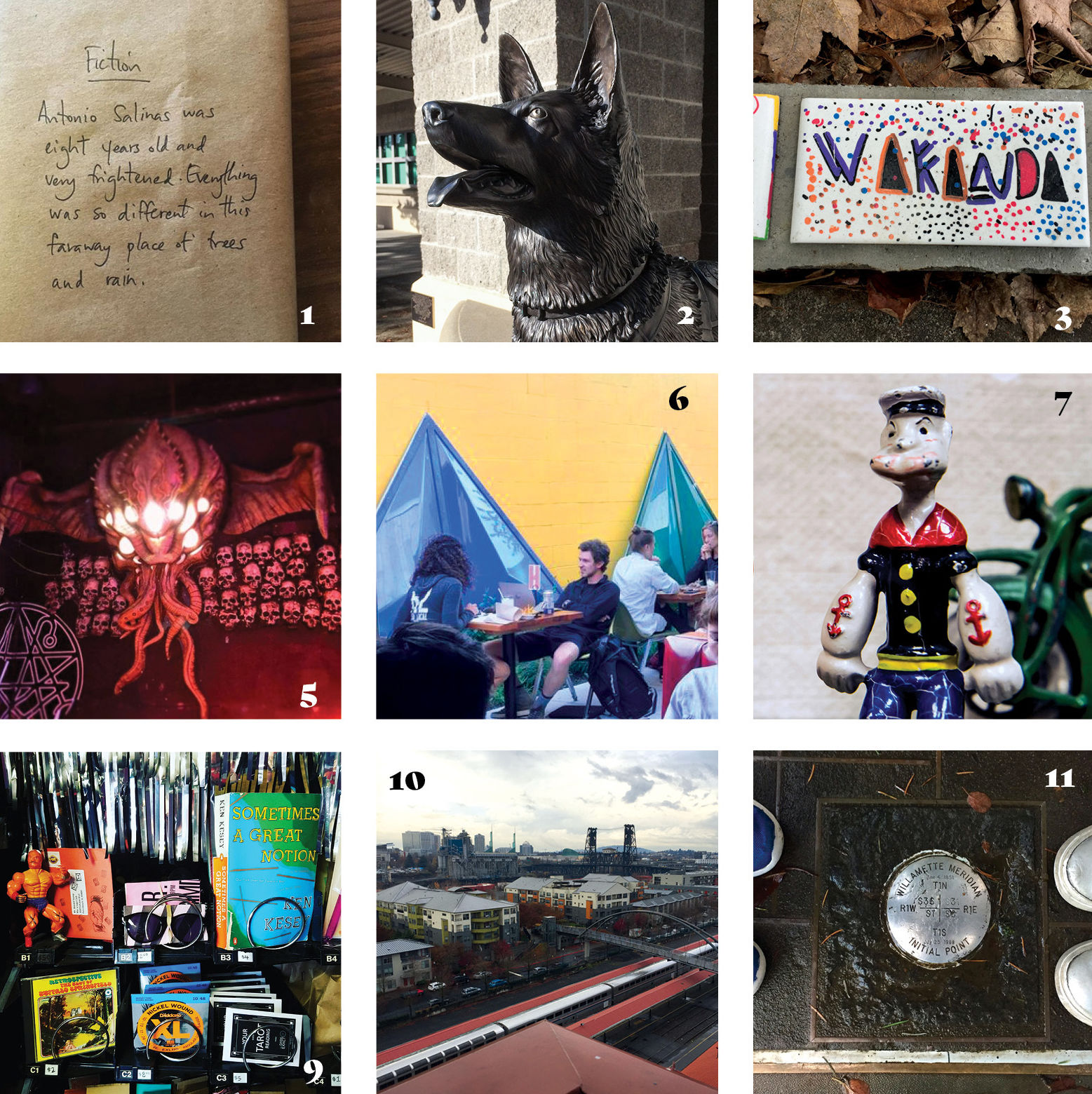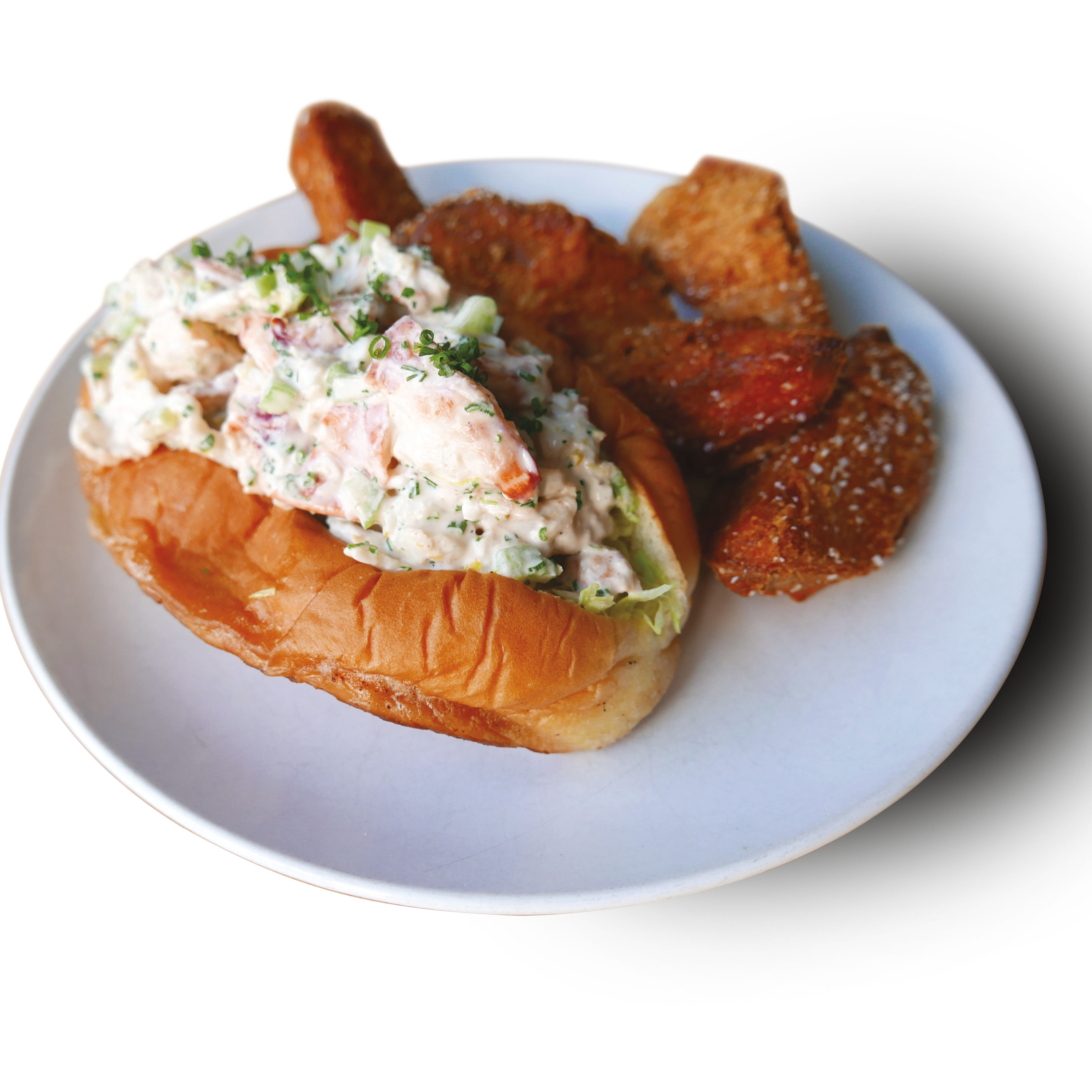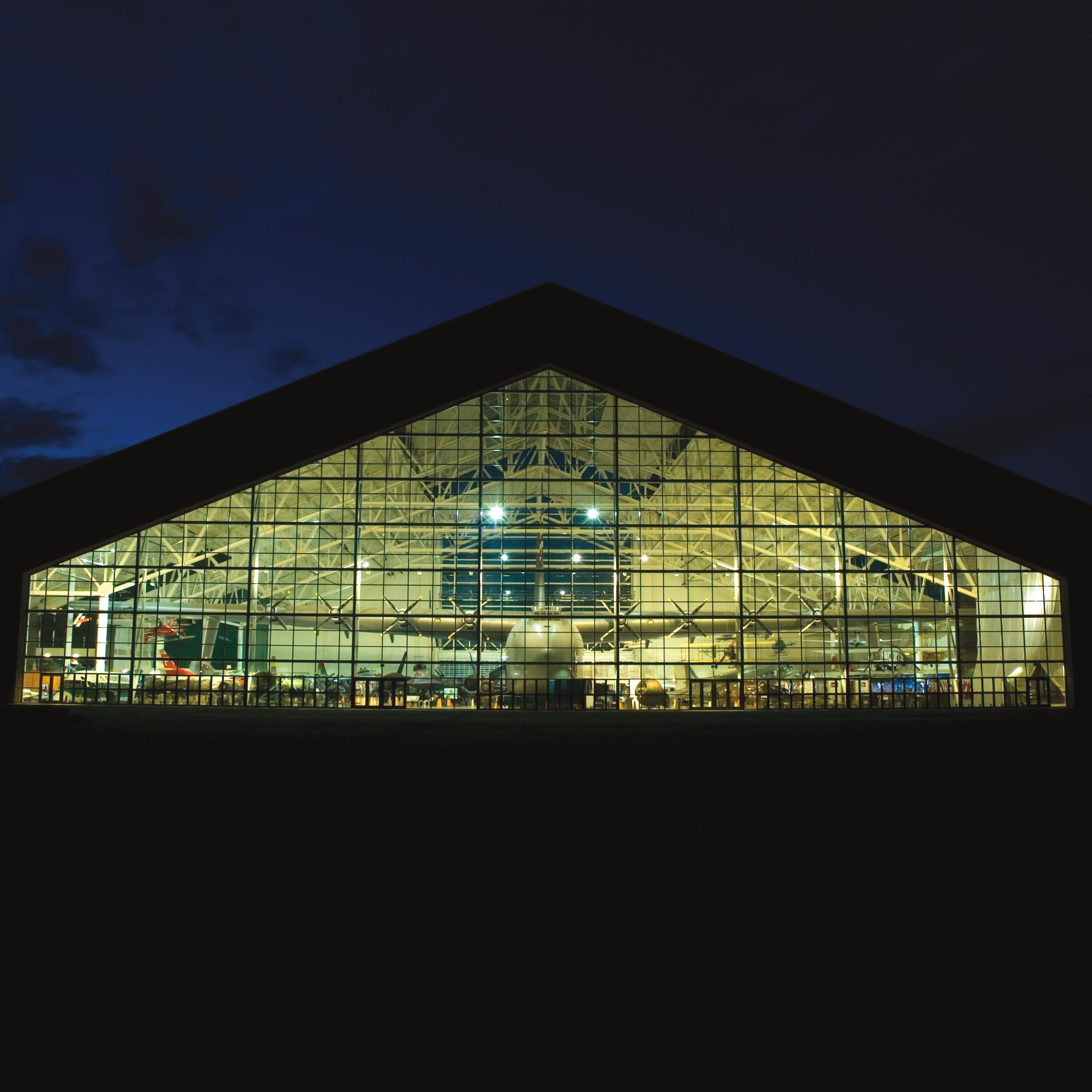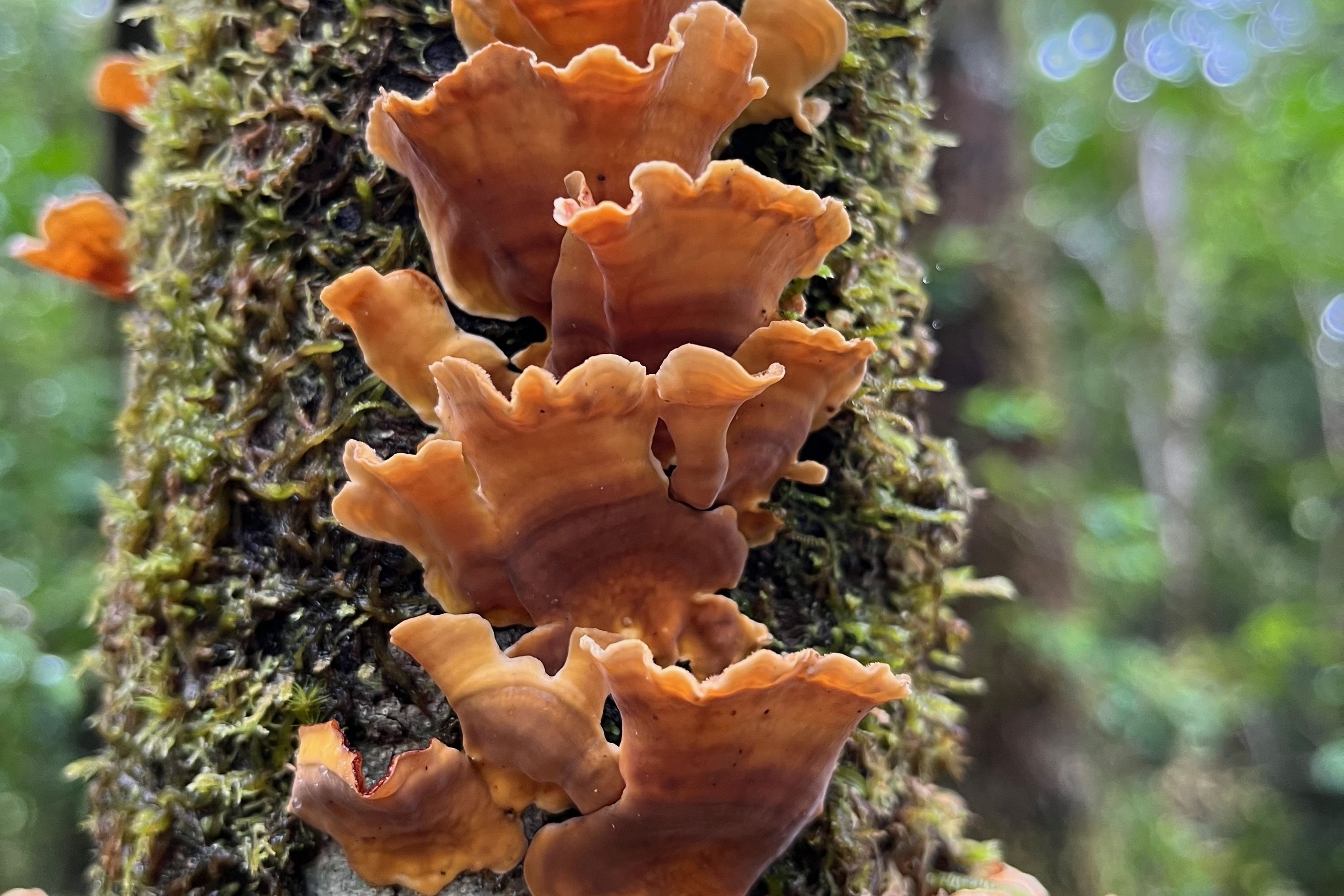A Peek into Portland's Pocket Parks (and Other Wee Wonders)
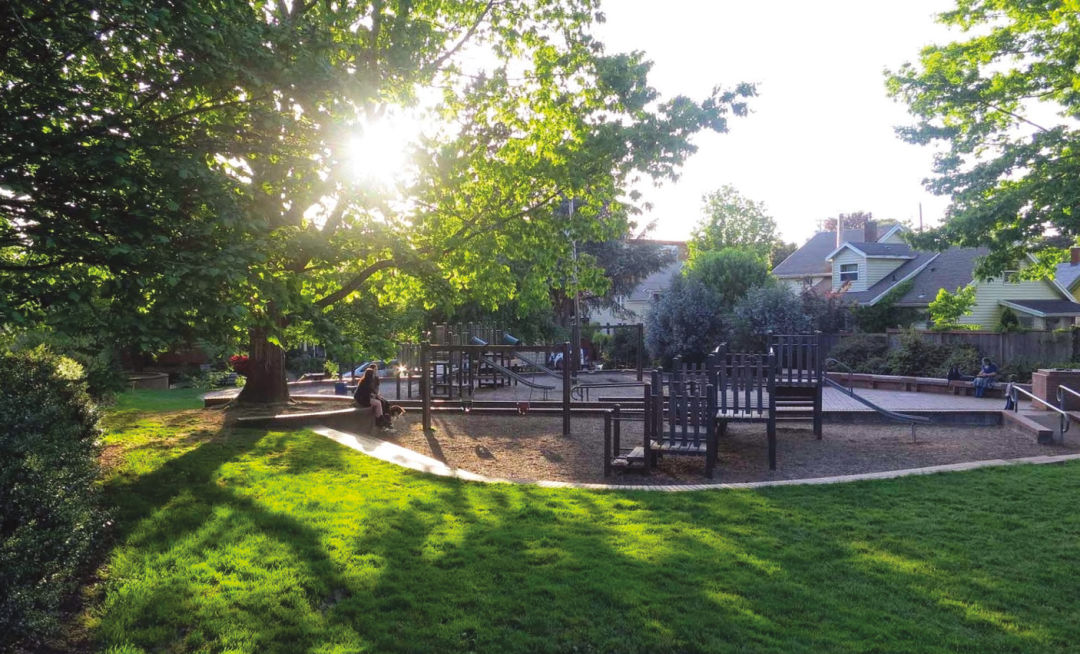
Piccolo Park
Image: Courtesy Samuel John Klein
Somewhere between the immensity of Forest Park and the wink-and-nod cuteness of Mill Ends (the little circle right in the middle of SW Naito Parkway holds a Guinness record for smallest park) are a number of horticultural havens stealthily tucked into our city neighborhoods. There are lush locales like near-century-old Portland Heights Park, which squeezes in a softball field and tennis court along SW Patton, and glorified rest stops like Woodlawn’s one-eighth-acre Holman Park, which plants an eco-roofed community bulletin board on a former greenhouse site whose owner, when granting the space to the city in the 1970s, declared Portland could never sell it and asked for it to become a park.
These open-air oases that seem to pop up out of nowhere are commonly referred to as pocket parks. “Although the definitions vary, they are typically under two acres, within residential areas, and serve a population within a five- to 10-minute walk,” says Katie Dunham, a senior planner with Portland Parks & Recreation. Apart from bringing communal recreation and relaxation spaces to a neighborhood, they also exist to ensure park access—since large chunks of available land are rare in much of the city.
“Our goal is to provide a park or natural area within half a mile of every household in Portland. We have 146 developed parks,” says Dunham—referring to those with built-up infrastructure, which might include lighting, skate ramps, or ball courts—“and almost 8,000 acres of natural areas of different sizes.” No matter the size of a park, Dunham notes the importance of working with local communities to ensure the spaces reflect and support those who live there. Park development can involve extensive meetings, budget proposals, surveys, and general community outreach and feedback. And the process can take a while, even when open space seemingly falls into the city’s lap. For example, the pocket-style (but hefty four-plus-acre) Spring Garden Park, in Southwest’s previously park-deficient Multnomah neighborhood north of Barbur, was acquired in 1999 when Portland Public Schools was shedding some of its “surplus” land. But it took nearly two decades to fulfill its park destiny, with its revamped accessible play area, slides, picnic tables, and splash pad finally premiering last spring. —JS
A few of Portland's pocket parks and other wee wonders
New Columbia Parks
A rocket ship on one corner, a slide on another, a climbing arch nearby, a scaled-down soccer pitch (Bless Field), a bike skills park and repair station: New Columbia, the mixed-income development that replaced North Portland’s Columbia Villa public housing complex in 2005, is packed with tiny parks in addition to its 3.8-acre centerpiece, McCoy, which also hosts a community garden. —MS
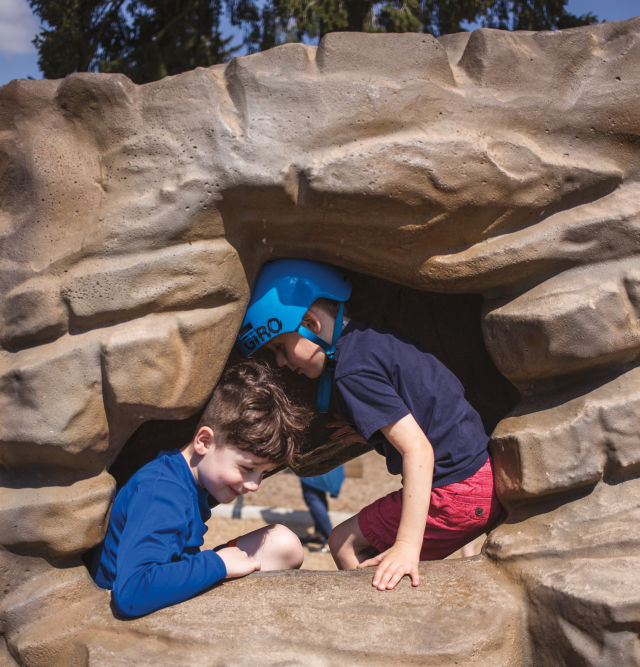
Khunamokwst Park
Image: Michael Novak
Khunamokwst Park
Opened in 2015 on the site of a former utility company warehouse at NE 52nd and Alberta, this 2.4-acre park offers a boulder-filled splash zone, a play structure whose upper level can be access by a gentle ramp up a hillside, and a “skate dot”—essentially a pocket skateboard park within a park. The name is from the Chinook wawa word for “together,” but don’t be surprised to hear Cully neighbors shortening it to K-Park. —MS
Two Plum Park
Blink and you’ll miss this mini-greenway connecting NE Sixth and Seventh Avenues between Mason and Shaver. Its conversion to an official city park was initiated by a neighbor who decided to mow the overgrown vacant lot of land one day. It sports a swing set and slide, plus a “Rings of Unity” mural with portraits and inspirational quotes from the likes of the late Alberta Phillips, a neighborhood fixture and advocate for young mothers. —MS
Piccolo Park
In an alternate reality, this land would be part of a freeway, an eight-lane artery splitting off the Marquam Bridge and lashing through Southeast on its way to Mount Hood. Those dastardly plans were torpedoed in 1974, and in 1989 (happy 30th, Piccolo!) this midblock half-acre park opened off of SE Division between 27th and 28th Avenues. The little oasis has a playground and enough grass to turn 14 successive cartwheels. —RJ
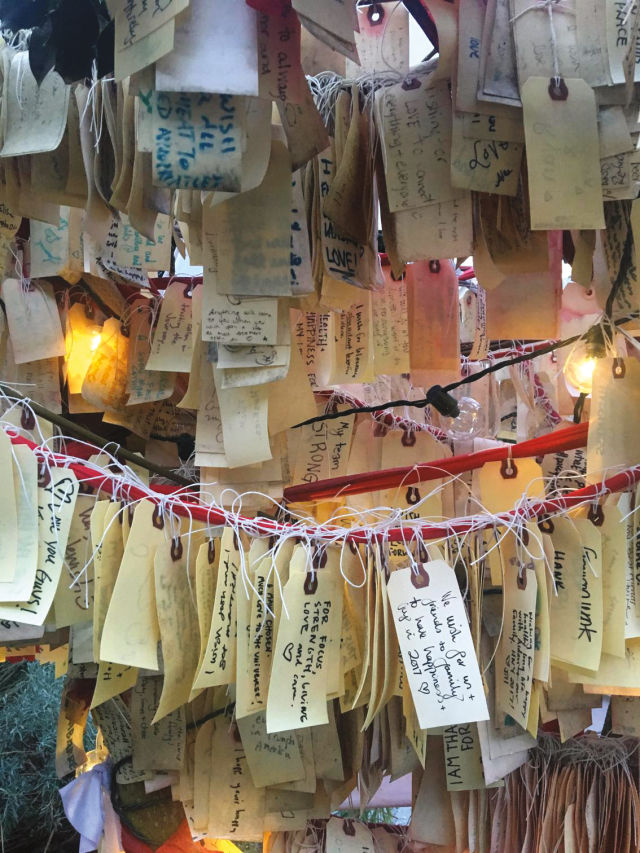
One of Portland's many wishing trees
Wishing Trees
Sometimes a park is simply a place to pause, close your eyes, and make a wish … and then tie it to a tree in someone’s front yard. Common wishes? “Healing of others, success in jobs, love, reconciliation,” says “wishtender” Sarah Bott, who started hanging wishes on a birch tree in front of her Woodlawn Guest House on NE Dekum Street four years ago. “And then some just want a pony.” —MS
Woodstock Mystery Hole
Before dirty capitalists seized on Portland’s weirdness for moneymaking schemes, there was the Woodstock Mystery Hole. Located just off SE Woodstock in the backyard of Barron Mind’s home, the hole is accessed by ladder and open only once a year, to coincide with the Perseid meteor showers. Just sign the waiver—“I, the undersigned, do hereby certify that I must be out of my mind to climb down into a damp, dark hole when I’m perfectly safe where I am”—and descend. —RJ
